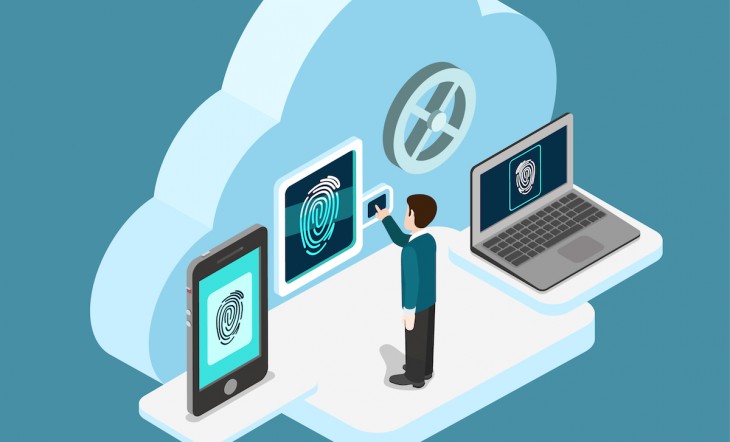--Originally published at Merino is talking about security.
this isnt't allowed either:
this is allowed:
--Originally published at Merino is talking about security.
--Originally published at Merino is talking about security.
--Originally published at Sebastian Luna
--Originally published at Sebastian Luna
--Originally published at Sebastian Luna



--Originally published at Sebastian Luna



--Originally published at Sebastian Luna
--Originally published at Tc2017-security
Catfishing is when in social media they steal an identity and fake they are someone else. A lot of people have been victims of this people. Some of them have been lucky and found out, before getting hurt, but there are others not so lucky that have fallen in the lies of this people. There are cases where the victim falls in love with ths people and has given them money, or even worse been kidnap. We have to take precaucions and don’t accept or be fooled by any user you don’t know. If you don’t know the user don’t give any of your personal information. In your profil make sure everything is private or that the information you are displaying is alright for you.
Here is an example:
--Originally published at Tc2017-security

Two weeks ago I came back from a hackaton in Dubai due a competition we won last october(the prize was participate into the Dubai’s Mobility Hackaton by Youth For Public Transport). We flew 24 hours from Guadalajara to the event, then we were developing our product(business model, prototype, slides, pitch) and we presented the project to some Dubai’s authorities such as the Dubai Prince, CEO of Careem, CEO of RTA, head of Y4PT among others. Our project was a virtual assistante to move through the city in a clean, fast and sustuinable way, with this we won the 3rd place. It was such an amazing experience to meet people from around the globe and share ideas and see different ways of thinking about the global problems we are living in. After this we presented the project in an expo, in the Dubai World Tarde Centre for a couple of days. It was great to have won a price, but it is more important to me the experience, the possibility to aquire a new global vision and have fun with this amazing experience. We are looking forward to win the next edition of this event next year in Sweden!

--Originally published at Computer and Information Security
Each day, we log into many different webpages, they ask for authentication. We need to prove that we are us, but why is it so important? Also, how does it works? Authentication is needed to access to personal information, social media, at work, unlocking the phone, anywhere. It is almost a requisite to join every webpage to access to certain content. Regarding security, it is the way to block your information for the resto of the world. There are many different ways to prove that you are really you. Commonly, sites ask for a password, but they aren’t the only option. The next video uses interesting examples to explain the importance of authentication.

A modern way to authenticate the user is its location depending on the cellphone. This also has to do within its device activity and many other complex factors. Nowadays, it is recommended to use at least two factor authentications at the time per each account. For example, it is possible to activate an account with password and with a pin provided by the service company via cellphone.
There are may authentication tools in the market. It is important to be secure and also to protect your personal information. It can be annoying to unlock the accounts with more than 1-factor-authentication, but sometimes it is necessary Continue reading "Authentication"